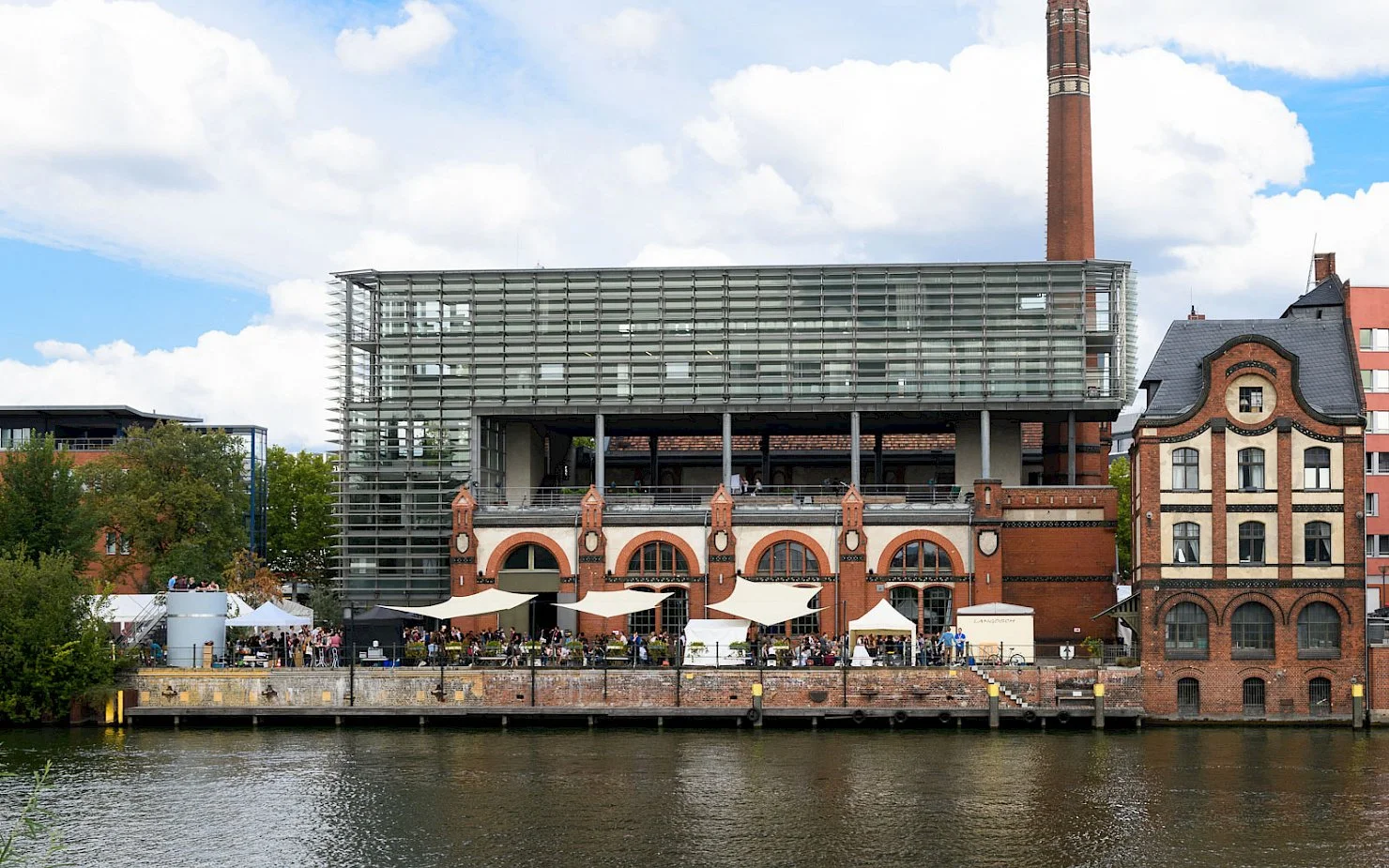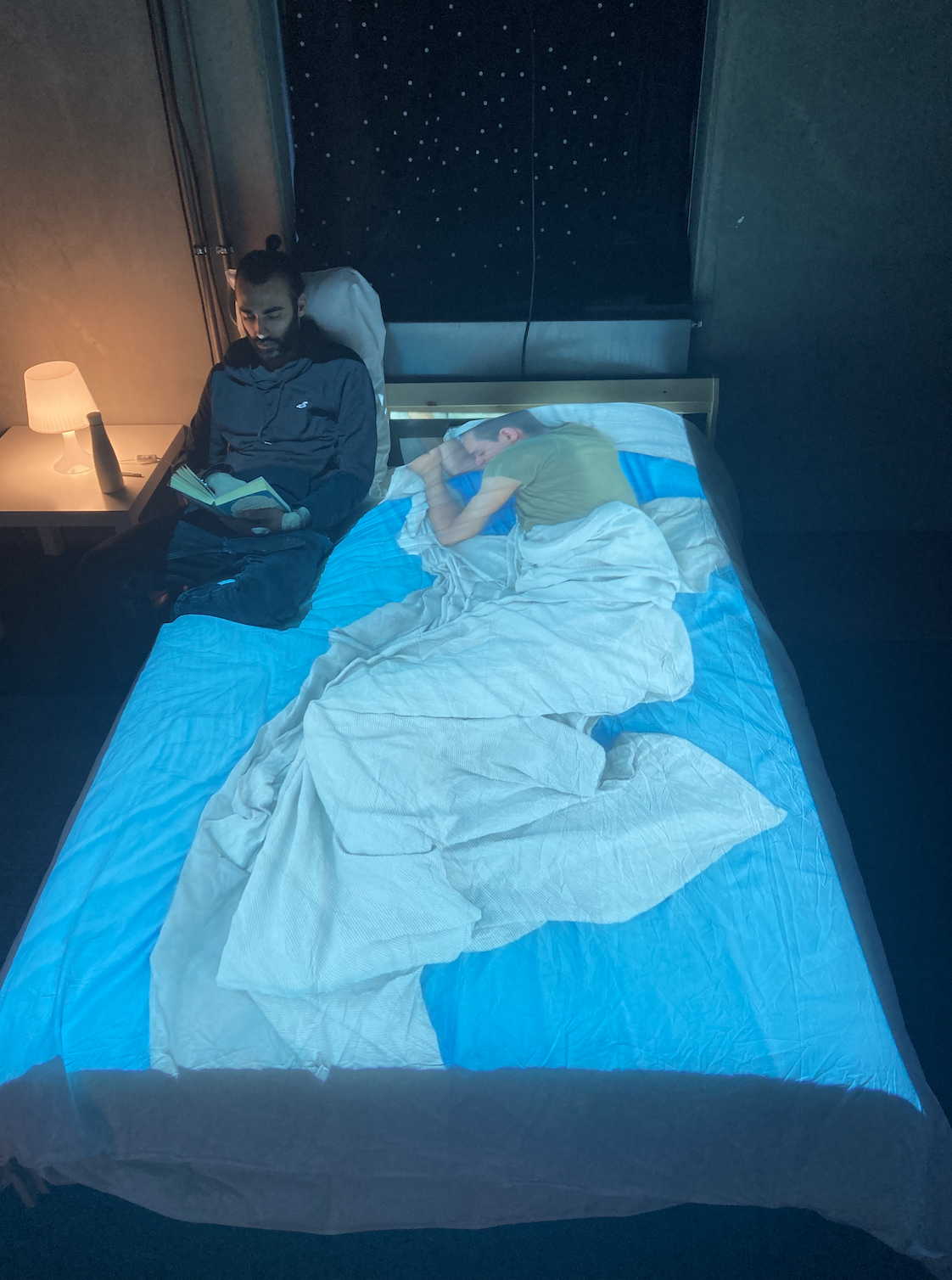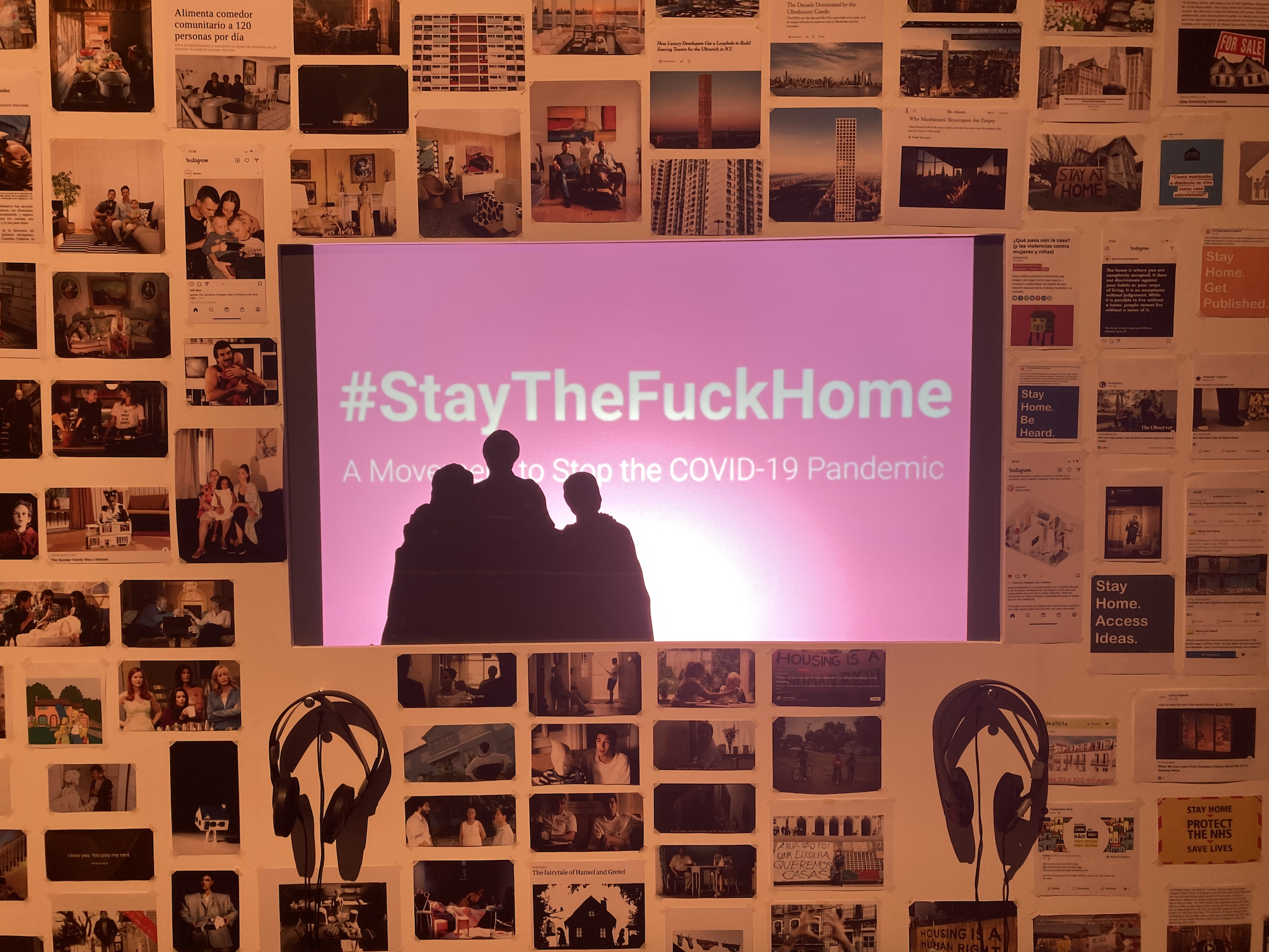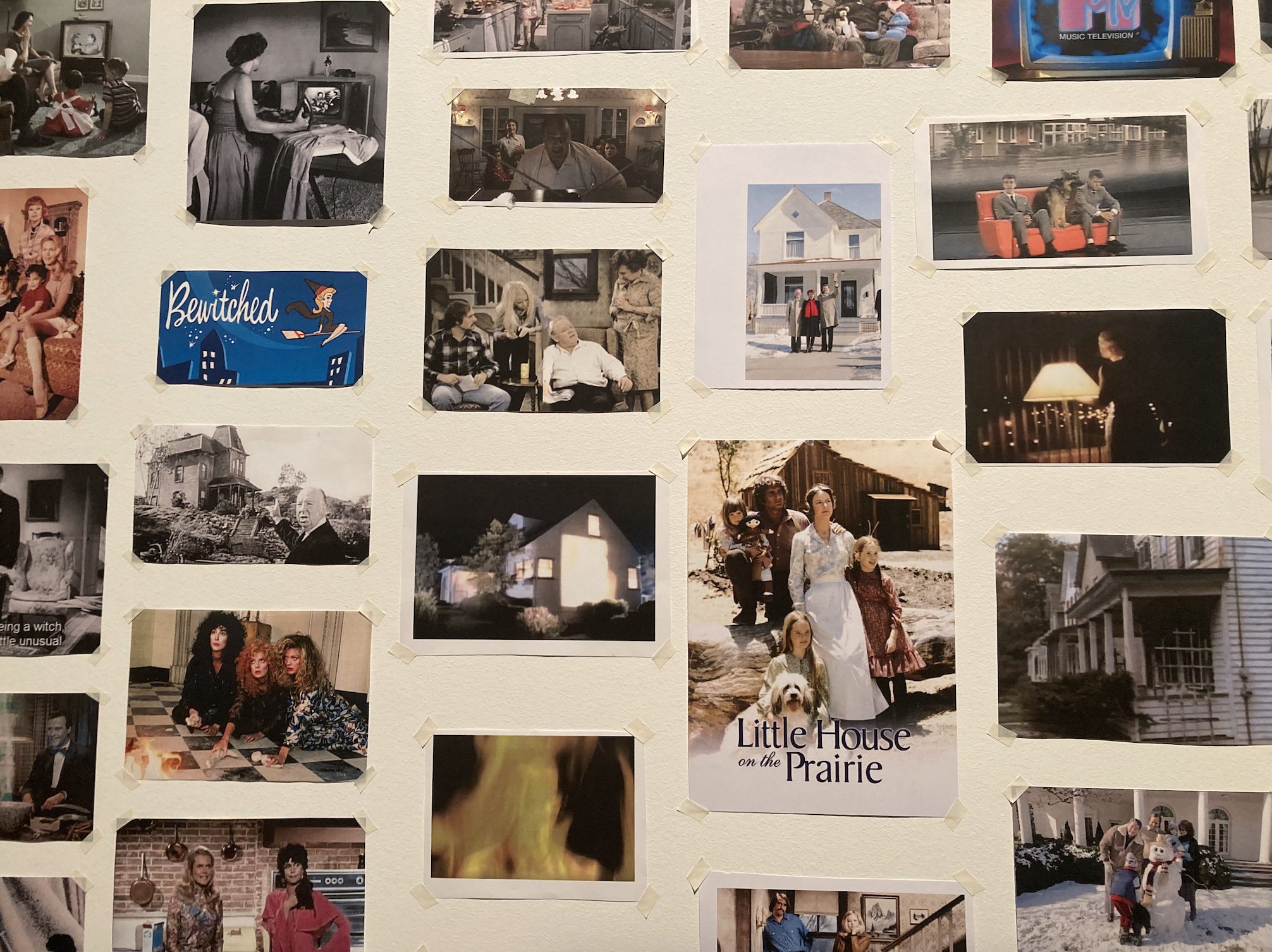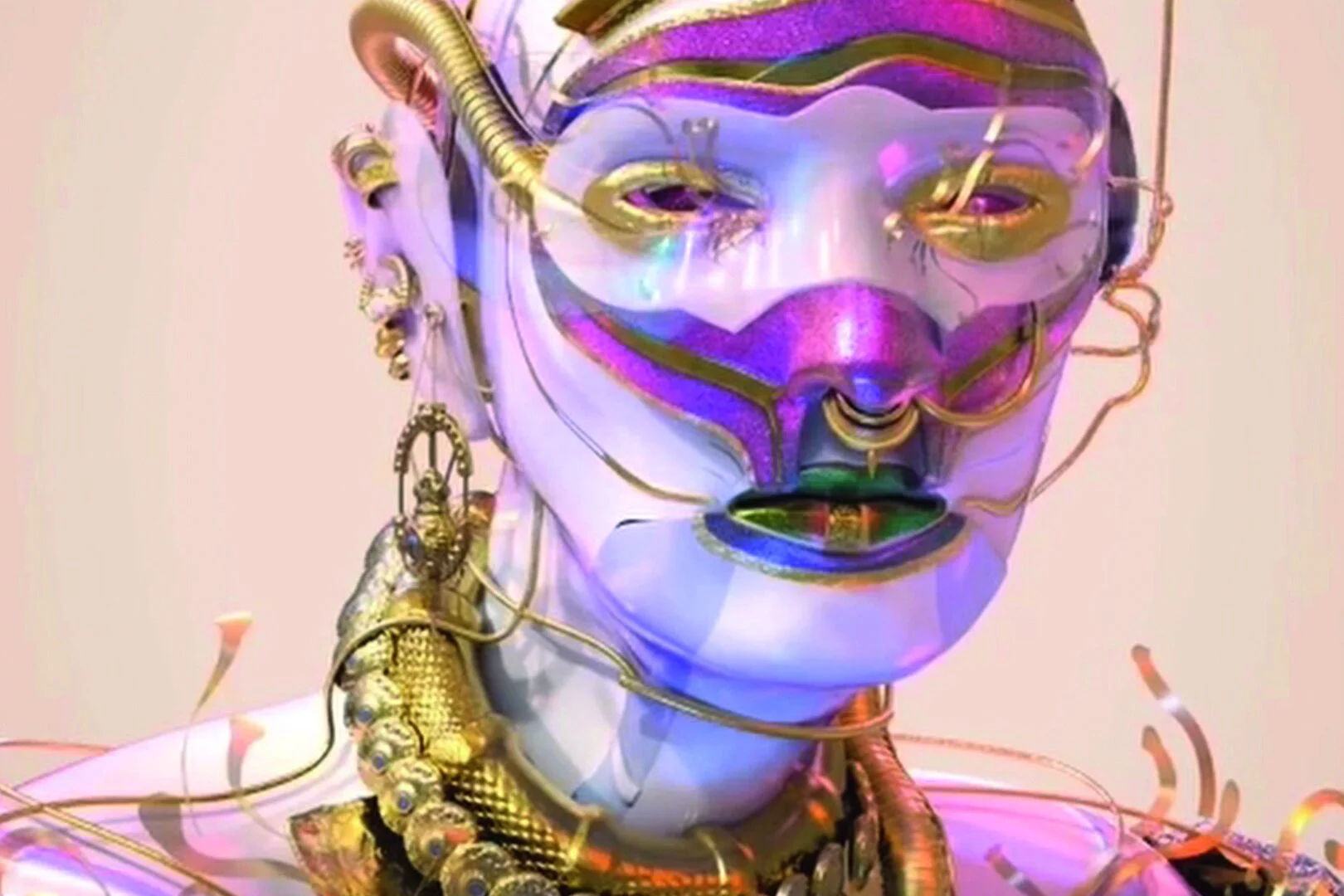Forecast Berlin: Lightning With a Chance of Sea Change
It’s chilly outside, but inside radialsystem–a riverfront industrial sewage pumping station-turned glass-clad cultural events venue–things are heating up. Seats were packed to the rafters at Forecast Festival–a burgeoning platform launched in 2014 for multidisciplinary trailblazers to meet in “mentorships for audacious minds.”
Leave it to Berlin to electrify the notion of an arts festival, forfeiting the stagnant white cube format for a charged and synergetic think tank. With the support of the Forum, its mentors, and host institutions, Forecast participants are protected from subordinating their projects to the art market at large and are encouraged to shape the future of innovative development through progressive brainpower instead. Meanwhile, the rest of us get to catch a glimpse of pure, unadulterated artistic freedom.
From a sensory sound and smell scape to music and dance performances, architectural and comic installations, artist talks, and interactive workshops, at Forecast, viewers choose their own direction in a playground of activities.
radialsystem Berlin. Photo by Phil Dera. Courtesy of radialsystem.
It takes courage to be creative. Born of a mission to provide space, encouragement, and conceptual support to creative people, Forecast starts each season with an open call. Submissions pour in internationally from curators, musicians, designers, writers–anyone with a project idea–and are reviewed by mentors. Six mentors select three nominees each to participate in the Forecast Forum (a recording of the most recent Forum can be watched in its entirety here). At the end, each mentor chooses one mentee to foster through an intensive collaborative period, usually at a host institution. The fruits of the coalitions are then presented at Forecast Festival.
Iman Jesmi, Sensory Souvenir
Mentee Iman Jesmi is an Iranian composer and sound artist that studies the sounds of cities to explore the impact of immigration on sonic and olfactory cityscapes. By studying the city’s soundscape, he seeks to identify the sensory characteristics that create a city’s identity, and goes further to posit the question–what are the sounds and smells of being an immigrant? He argues that loss of sensory perception is one of the most challenging aspects of immigration. Those who have migrated from their place of origin will recreate or remember the sensory experiences of home in detail; the smell of a bed, a dish cooking, and other distinctive odours and sounds.
Iman Jesmi. Courtesy of Forecast Platform.
Together with mentor Emeka Ogbah, he presents a multimedia installation that smells so enticing that all the visitors leave hungry with a lingering memory of fragrant sauce and warm, toasted spices. His performers Oudai Amer, Kimia Bani, and Jaqee Nakiri mill about the installation, quietly inhabiting a domestic set that feels so familiar and so inviting that we nearly have to stop ourselves short of climbing into bed with them.
Iman Jesmi, Sensory Souvenir. Multimedia Installation. Performer: Oudai Amer. Photo by Camille Moreno.
In his workshop titled Euro Soundscapes, Jesmi teaches us about the differences between natural soundscapes which are geophonic and biophonic, and those made by human beings which are anthropophonic, and how they come together to manifest a sense of place. He goes on to explain the categorical difference between music and soundscape as one engaging with the act of choice. Soundscapes encompass what lies beyond our control–what we are forced to hear.
Simona Deaconescu, Ramanenjana
Mentee Simona Deaconescu is a Romanian choreographer and filmmaker who worked with mentor Mathilde Monnier in collaboration with Malagasy choreographer and activist Gaby Saranouffi. Deaconescu studied oral histories and colonial documentation of an 1863 “dance epidemic” in Madagascar named the Ramanenjana, which was described as a contagious disease that affected thousands of people and inevitably ended the reign of King Radama II. She explores dance as an act of political protest, exclamation of identity, and a way of finding healing. The epidemic was said to have been “beautiful in small groups, terrifying in large groups.”
Simona Deaconescu. Courtesy of Forecast Platform.
Performers Haja Saranouffi, Simona Dabija, and Maria Luiza Dimulescu deliver narrative storytelling as well as gracefully gawky movements and hand gestures that speak a language all their own. The fast and rhythmic acrobatics of Ramanenjana is believed to have served as a form of communication with ancestors in addition to expressing collective political objectives.
Flora Détraz, HURLULA
Mentee Flora Détraz is a French choreographer and performer with both a ballet and literature background. Under the guidance of her mentor she explores screaming as an act of liberation and a way to connect to other dimensions. Screaming is ancestral and animalistic, something that reflects a forbidden state that pulses within. Working with musicians Claire Mahieux and Lê Quan Ninh, she oraganises her controlled screaming as sounds in time and space, exploring the guttural potential inherent to this particular articulation.
Flora Détraz, Hurlula. Photo by Tatiana Sokolova. Courtesy of Forecast Platform.
HURLULA is a portmanteau combining the French words “hurler” (to hurl) and “hurluler,” which refers to the howls and shrieks of nocturnal birds and other animals. As an exploration of sounds that emerge from primal instinct, she endeavours on an emotional journey into the depths of the human body.
Luísa Sol, Architectures of Inclusion and Exclusion
Mentee Luísa Sol is a Portugese PhD architect and researcher. Working with mentor Tatiana Bilbao, she investigates the architecture of the home and its implications of images of the American Dream from mainstream media. She addresses the confrontation between what is real and what is representative, highlighting the idiosyncratic undertones of what cannot quite be reconciled. The inevitable question surfaces–who is is included and who is excluded? What is made visible and what is invisible?
Luísa Sol, Architectures of Inclusion and Exclusion. Multimedia Installation. Photo by Camille Moreno.
Sol seeks to broaden the discourse around domestic architecture in order to expose pervasive underrepresentation and the considerable discrepancies between projected domestic realities and widely distributed portrayals of domestic falsehood–which extend beyond commercial advertising and entertainment to social media and contemporary lifestyle cultivation.
Luísa Sol, Architectures of Inclusion and Exclusion. Multimedia Installation. Photo by Camille Moreno.
Sol’s installation conjures up questions about the development of historical legacy and the construction of collective fantasy, especially within the context of the Covid-19 pandemic and the mandate to #stayathome. Needless to say, the home looked very different to different members of the population depending on social stratification, and being housebound might be a privilege or a misfortune, reliant on societal circumstances.
Luísa Sol, Architectures of Inclusion and Exclusion, Multimedia Installation. Photo by Camille Moreno.
Jaya Klara Brekke, Dashboard for Posthuman Life
Mentee Dr. Jaya Klara Brekke is an ESRC Postdoctoral Research Fellow at Durham University’s Geography Department where she completed her PhD titled Disassembling the Trust Machine: Three Cuts on the Political Matter of Blockchain. She is an expert advisor to the European Commission on blockchain and disruptive technologies. Together with mentor and digital policy expert Francesca Bria, Brekke created a speculative fiction about digital dashboards and data feeds, confronting the lack of oversight and control over data economics and surveillance capitalism.
Although the dashboard is fictional, Brekke questions whether it will remain that way. During an artist talk with Bria about data sovereignty, she asks the audience to consider privacy as a default rather than a privilege and the dangers associated with not being able to trust the centralised powers who take care of our data. Furthermore, she encourages us to reflect on technology and innovation as a non-linear entity.
Jaya Klara Brekke, Dashboard for Posthuman Life. Courtesy of the artist.
Özge Samancı, Evil Eye
Mentee Özge Samancı is a Turkish-American media artist and graphic novelist working on a graphic novel centred around a murder mystery set in Istanbul ahead of the 1995–96 elections during a period of a rising conservative party that use power and religion to cynically appeal to voters.
Özge Samancı, Evil Eye. Courtesy of the artist.
The main characters are two engineering students who share a passion for scuba diving. Both women live in underfunded government dormitories and escape the pressures of low-income life by fantasizing about harbouring the powerful gaze of Medusa. When they witness a freak accident underwater, the two fear their “evil eye” may have been the cause. The resulting narrative encompasses themes of political corruption, chauvinistic climate, religious pressure, and economic instability. As part of the Festival programming, Samancı’s mentor Ulli Lust read an excerpt from her forthcoming graphic novel, Die Frau als Mensch (Women as Humans), which is a critical perspective on gender and art in the context of ancient history.
Özge Samancı, Evil Eye. Courtesy of the artist.
Forecast Festival is unique in its approach by transcending disciplines and taking small steps to achieve big reach. Rather than being modelled on a teacher-student structure, the mentorship takes the form of collaboration in a rare and interesting opportunity for creative practitioners to experiment and learn from one another. By focusing on intimate mentorships rather than commercial aims, the international scope of the platform has the facility to shift not only the thinking of its mentors and mentees but also the audience and their expectations of what an art forum is.
Most importantly, the platform supports artists in realising projects that otherwise may not have been feasible. By valuing ideas and progressive thinking over commissary gains, Forecast sets a precedent for swelling of similarly minded enterprises to become viable.
Forecast is a project by Skills e.V. and is supported by the Federal Government Commissioner for Culture and the Media.


